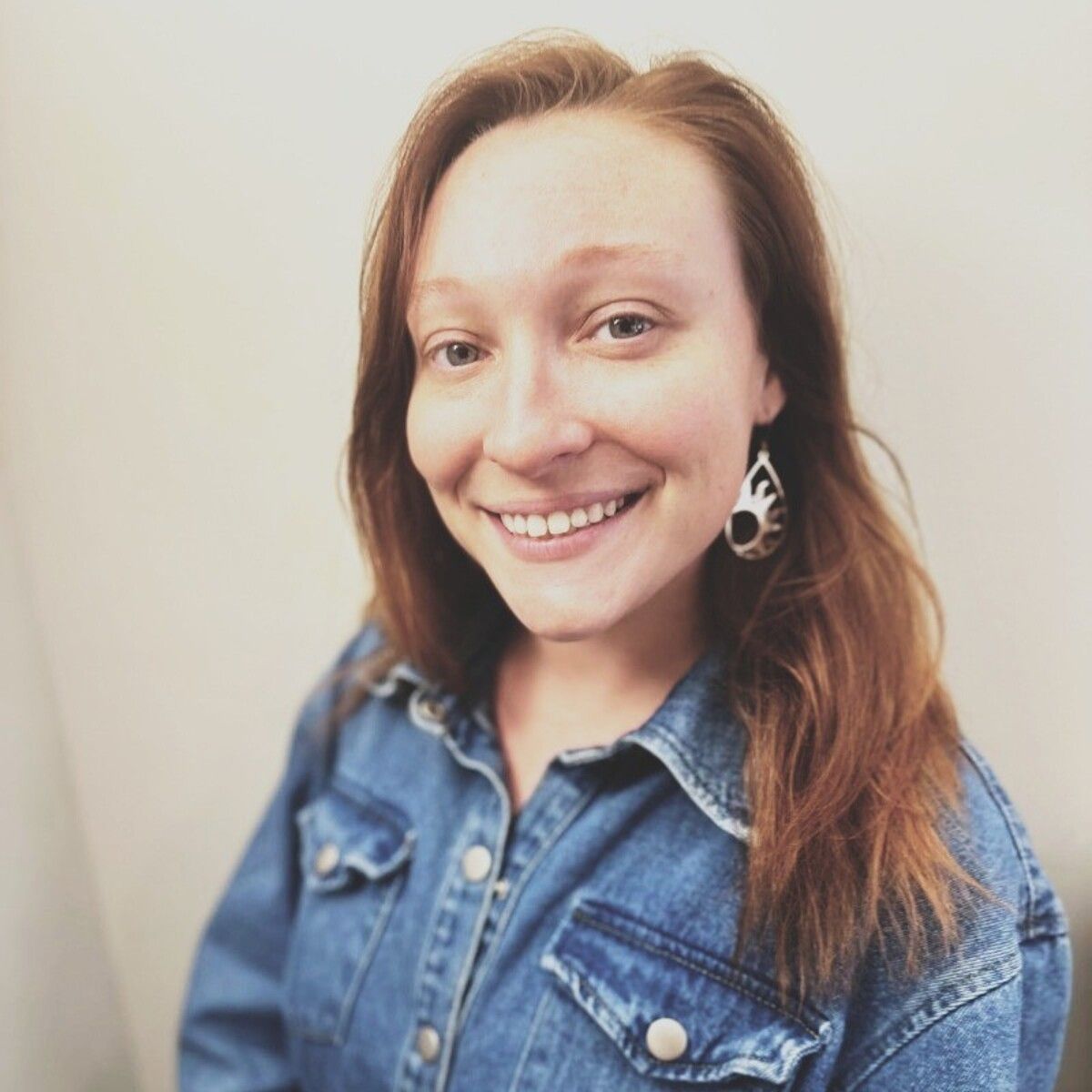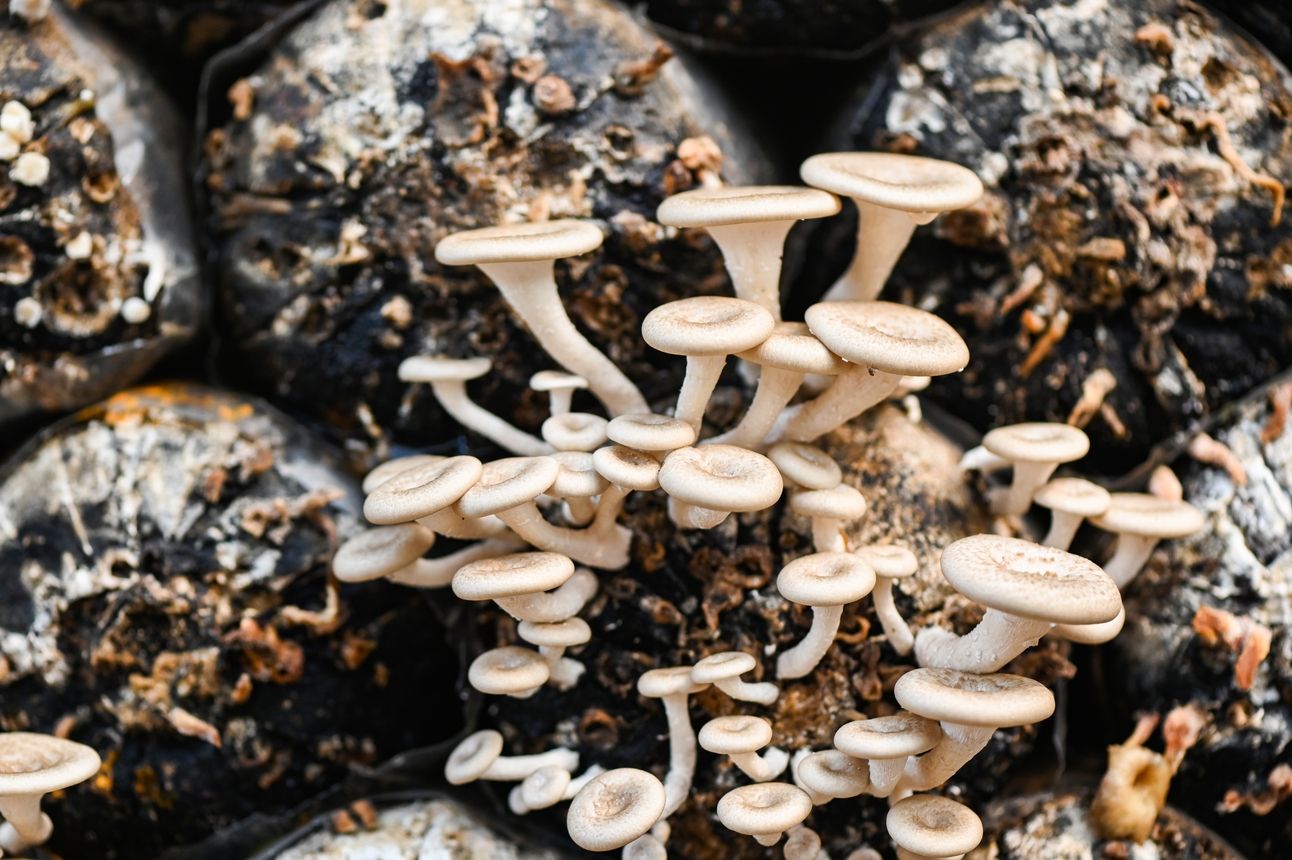Hi there 🍄
This week’s highlights include our guide to fruiting bodies vs. mycelium and an artist who uses mushrooms to naturally dye textiles.
Misrepresentation in mushroom supplements
The fruiting bodies vs. mycelium showdown begins. The U.S. Food and Drug Administration (FDA) has been presented with two citizen petitions highlighting misrepresentation in the labeling of mushroom supplements. The petitions, from Nammex in June and the Natural Products Association (NPA) in August, urge for clearer differentiation between actual fruiting bodies of fungi and the mycelium stage in products, as well as disclosure of any substrate used in growth. This push for transparency comes after concerns that many supplements claiming to contain mushrooms only include mycelium with filler grain substrate.
The guide to fruiting bodies and mycelium in mushroom supplements
What’s in your mushroom supplement? Our guide to fruiting bodies and mycelium in mushroom supplements breaks down the differences. For many mycologists, it’s clear that fruiting bodies have the highest number of bioactive compounds, but mycelium does also contain antiviral properties.
Around the web
Colorado is having an unusual year for foraging. Jon Sommer, the president of the Colorado Mycological Society, told Summit Daily News, “It’s a very strange season because we’re late. We’re … late, behind on everything. We had all that rain earlier, we were expecting lots of mushrooms, but they didn’t grow because it was cool.”
Entangled Life: How Fungi Make Our Worlds, Change Our Minds & Shape Our Future by Merlin Sheldrake is a brilliant late summer read. Sheldrake is a master storyteller with an intimate understanding of fungi, and the writing is clear and ripe with lovely sentences.
Nicolas Rapold dissected the enduring image of the mushroom cloud in pop culture moments, including our current one with “Oppenheimer” and “Asteroid City.”
Featured artist: Julie Beeler
Julie Beeler is an artist, educator, and mycophile who creates textiles with natural dye. The Mushroom Color Atlas is her guide to the “chromatic universe of fungi through the spectrum of colors naturally produced by dye mushrooms.” Scroll through swatches and learn about the species, type, and even how the dye looks on different fabrics. Julie’s work infuses the natural landscape into the textiles with her dye methods ranging from mushrooms to flowers grown on her flower farm.
Have you ever tried growing mushrooms at home?
Mushrooms are for sharing 🍄
Forward this email to friends, and you’ll be the first to know about things like swag (coming soon 👀 ).



